|
Look who finally joined the library! Lumiere is 7.5 inches tall and made of high quality resin material that resists fading and warping.
Off the Rails
Step into the whimsical universe of a Mickey Mouse short and hitch a ride on Engineer Goofy's train. What could possibly go wrong? Cue hilarious hijinks! A relaxing train ride suddenly turns into a zany, free-ranging romp through ever-changing and rearranging cartoon scenes. You’ll quickly learn that anything can happen in this out-of-control animated world. But don’t worry, with friends like Mickey Mouse and Minnie Mouse, you’re bound to get back on track. All aboard! A Modern Mouse-terpiece! You’re invited to the grand world "prem-ear" of Mickey and Minnie's latest cartoon short, "Perfect Picnic"—and where better to watch it than Toontown's favorite small-town movie palace, the El CapiTOON Theater! As you tour the lobby inside, you'll encounter "Mickey Through the Ears," an exploration of the illustrious film career of the world's most famous mouse, featuring movie props and memorabilia. And when it's your turn to step inside the auditorium to enjoy the premiere, you'll soon learn to expect the unexpected! Walt Disney and Joe Fowler inspect the construction of Disneyland’s monorail in 1959. Walt’s desire to include a monorail in Disneyland dates back to before the park opened in 1955. In fact, early concept drawings include a monorail track above Tomorrowland. A lack of proper engineering and cost constraints prevented the monorail from being built at the time, but Walt’s interest never waned.
These 1954 costume designs for Disneyland cast members were drawn by Renié Conley, an accomplished Hollywood costume designer. Walt Disney knew appropriate costumes for his themed lands were essential to the show he was presenting to his guests. According to Imagineer John Hench, Walt’s philosophy, which became ingrained in the Imagineering ethos, was “attention to infinite detail, the little things, the minor picky points that other companies just don’t want to take the time, the money, the effort, to do right.” Conley had been a costume designer with RKO Pictures since 1937, which worked together with the Disney Studio to produce and distribute a number of films. In 1954, she was asked to develop costume concepts for Disneyland. These early drawings would provide the creative foundation for the thousands of costumes needed for the park’s cast members. A window on Main Street, USA above the Carnation Cafe is dedicated to Conley in recognition of her significant contribution. In a newspaper interview years later, Conley said “Walt Disney was wonderful to work with. He is the only director with whom I worked who had the absolute last word. All of us could talk for days...but when the decision was made, Walt was the one to do it." In 1963, Conley won an Academy Award for her costume designs for the movie Cleopatra. Decades later, cast member costumes remain a subtle contributor to the Disneyland show. In an interview with Walt Disney biographer Bob Thomas former President of WED, Bill Cottrell, explained why focusing on costumes and other thematic elements were such a priority for Walt: “He knew that they were not going to make money because they couldn’t carry enough people. But they were part of the concept that the main gate establishes a certain show for people. And not everything has to make money. You pay to get in the place and so what do you see? Everyone’s in costume. And the streets are clean. And you have flowers. And you have these vehicles that a few people can ride and so forth.”
Disney Legend Ken Anderson is mostly known for his incredible animation portfolio, he was one of the many Disney Studio artists tapped by Walt Disney to work on Disneyland before it opened in 1955.
Anderson was selected to work with Walt on what was known as "Project Little Man” in the early 1950s. The project explored how to create a physical animated figure, a technological exploration that would lead to Disney’s innovative audio-animatronics that would become a critical component of Disney theme parks. As that project transitioned into more substantive work on Disneyland Anderson was moved off the project (replaced by Harper Goff) and went to work on the Sleeping Beauty movie. Later, Anderson was put in charge of overseeing the building of the Fantasyland dark rides. In a 1973 interview with Disney biographer Bob Thomas, Anderson explained that as the Disneyland team worked on the first dark rides ever built “Walt wanted me to do it because I had an architectural background, and also I had been a part of each feature and he wanted to use features as a basis for the black rides. So I was building these things and boy, we were really sweating it out. We were right in the middle of the last week of working nights to get this thing ready and we were real nervous.” Anderson also had to deal with labor union tensions. He explained to Thomas: “I had to be the one that was in contact with the subcontractors: The carpenters, the painters and all these people…And these were the Orange County people who were counter to the unions up here. The first ride I got built up here was the Mr. Toad ride which was built right here in the back [of the Studio]. They took it down to install it. Those people were still members of the same union A.F. of L. They resented the Hollywood craft unions having developed these things. They scraped all the paint off of the little car and the little circus train and painted it over again with their own guys not nearly so well. There would be guys doing all sorts of tricks to prevent and to sabotage.” |
Categories
All
Archives
July 2024
|
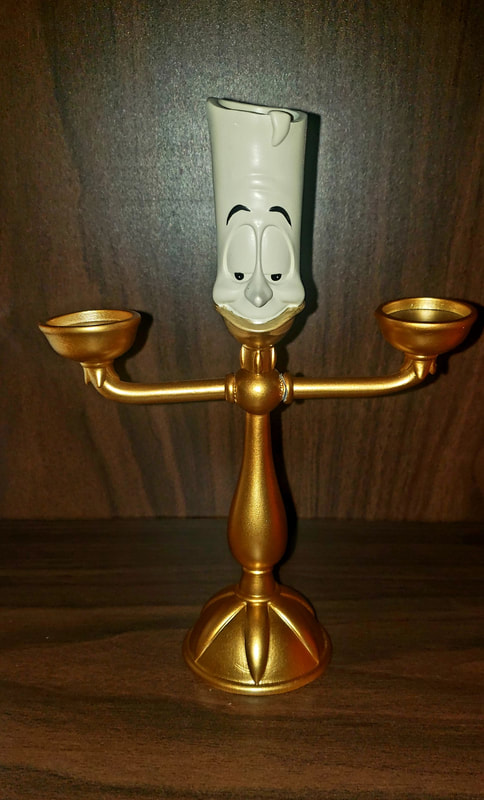





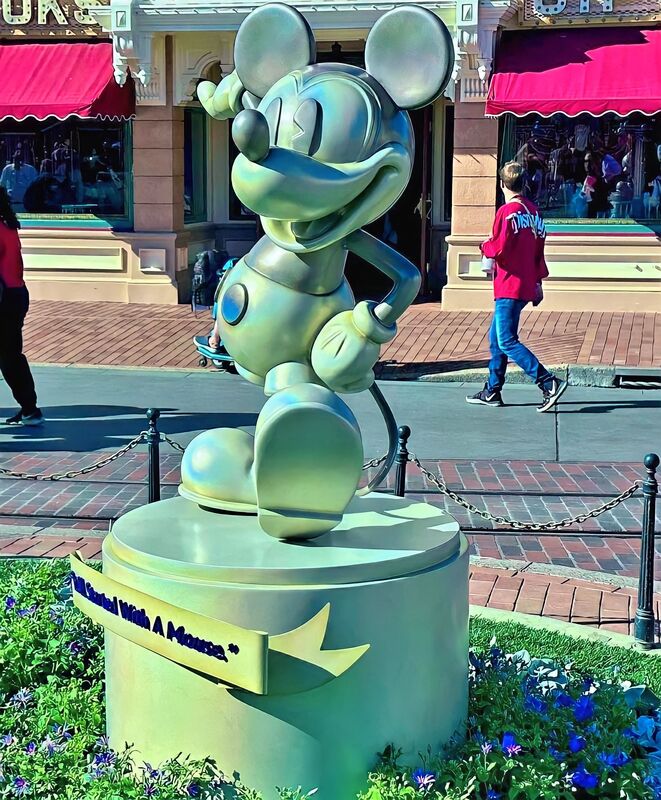











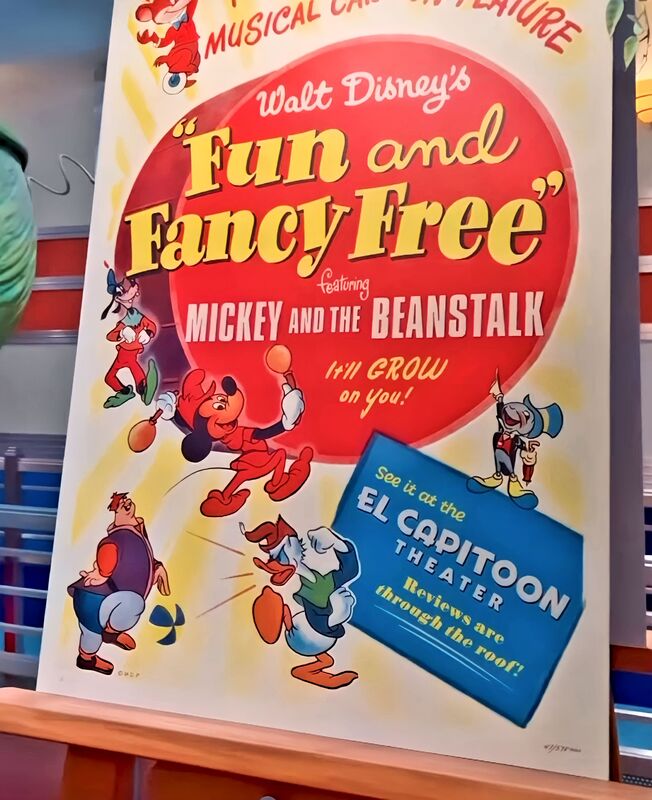








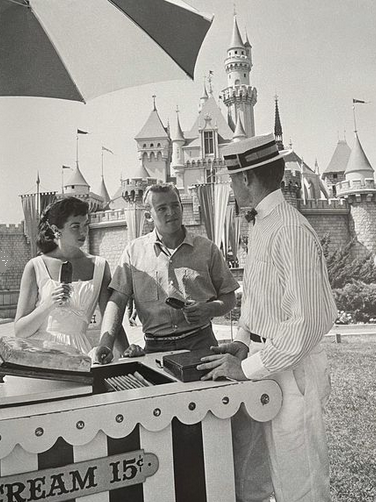



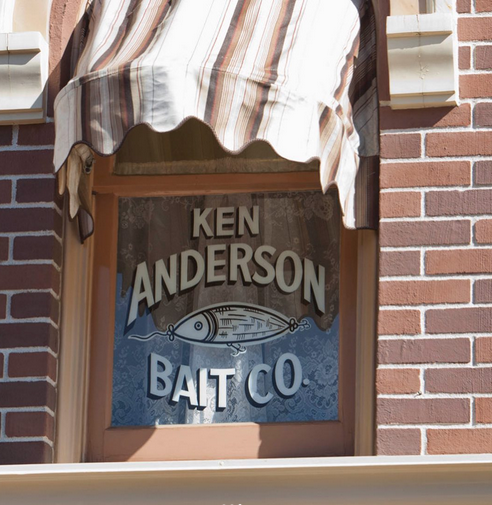






 RSS Feed
RSS Feed
